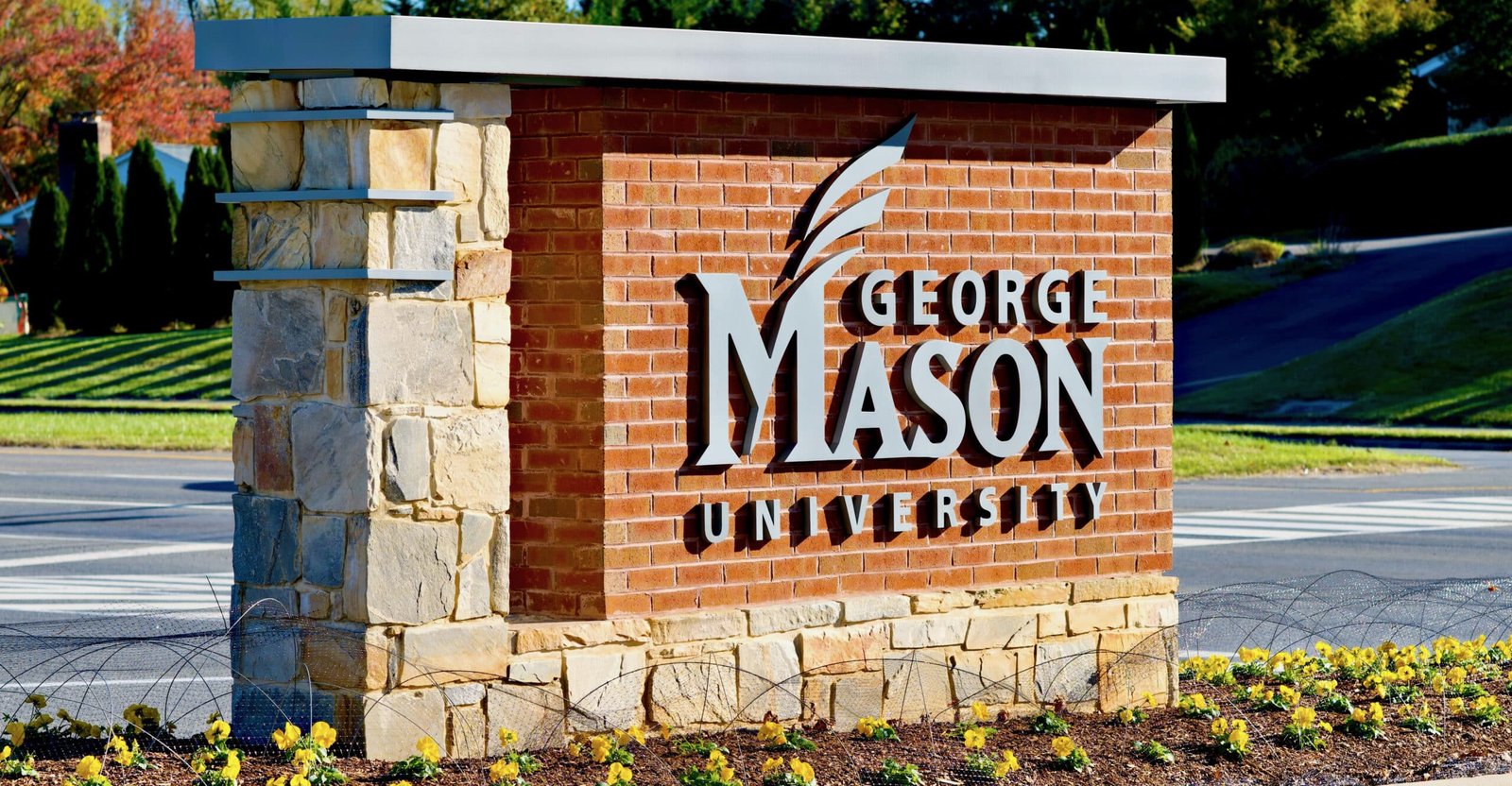Introduction
Preserving the charm and character of historic properties is a noble endeavor, but it often comes with significant financial hurdles. Whether it’s a dilapidated Victorian mansion or a quaint colonial-era storefront, restoring historic buildings requires careful planning and substantial investment. Fortunately, there are various avenues available to property owners seeking to finance the restoration of these architectural treasures, including rehabilitation loans, tax credits, and favorable loan terms.
Rehabilitation loans serve as a lifeline for property owners embarking on restoration projects. These loans are specifically designed to finance the rehabilitation of historic properties, providing funds for renovations, repairs, and upgrades. Unlike conventional loans, rehabilitation loans take into account the unique challenges and costs associated with restoring historic buildings.
Advantages
One of the primary benefits of rehabilitation loans is their flexibility. They can be tailored to suit the needs of individual projects, whether it’s a minor renovation or a comprehensive restoration. Additionally, these loans often offer competitive interest rates and extended repayment terms, making them more manageable for property owners.
Furthermore, many rehabilitation loans come with government backing or support from nonprofit organizations dedicated to historic preservation. These entities understand the cultural and economic value of preserving historic properties and are committed to providing financial assistance to property owners. By partnering with these organizations, property owners can access additional resources and expertise to ensure the success of their restoration projects.
In addition to rehabilitation loans, historic property owners may also be eligible for tax credits to offset the costs of restoration. The federal government and many state governments offer tax incentives for rehabilitating historic buildings, encouraging investment in these valuable assets. These tax credits can significantly reduce the financial burden of restoration projects, making them more feasible for property owners.
The Federal Historic Preservation Tax Incentives program, administered by the National Park Service, provides a 20% tax credit for the rehabilitation of income-producing historic properties. To qualify for the credit, properties must be listed in the National Register of Historic Places and meet certain preservation standards. State historic preservation offices also offer tax credits and incentives to support historic rehabilitation efforts at the local level.
In addition to tax credits, property owners may benefit from favorable loan terms when financing historic rehabilitation projects. Lenders recognize the inherent value of historic properties and may be willing to offer more favorable terms, such as lower interest rates or higher loan-to-value ratios. These favorable terms can help offset the costs of restoration and make financing more accessible to property owners.
When seeking financing for historic property rehabilitation, it’s essential for property owners to carefully consider their options and work with lenders who specialize in historic preservation. These lenders understand the unique challenges and opportunities associated with restoring historic properties and can provide valuable guidance throughout the financing process.
Conclusion
In conclusion, financing the rehabilitation of historic properties requires careful planning and access to specialized resources. Rehabilitation loans, tax credits, and favorable loan terms can help property owners overcome financial barriers and breathe new life into these architectural treasures. By leveraging these financing options, property owners can ensure the preservation of our collective heritage for future generations to enjoy.




